Interviews with Past Winners
Emilie & Joseph (Emilie-Marie Gioanni and Joseph Chataigner)
“Flow of Thoughts”
2022 Grand Prix
Emilie & Joseph’s stunning design won the Grand Prix in the KOKUYO DESIGN AWARD 2022, having been chosen from among 1,031 entries. The two French designers have previously worked in China and Greece, and they are now based in Canada. The two said that, while seeking out new ways of life in an unfamiliar cultural sphere, they “strongly sympathized with this year’s ‘UNLEARNING’ theme.” We asked them about the entire process, from when they initially applied to when they won the award, as well as what has changed for them after winning.
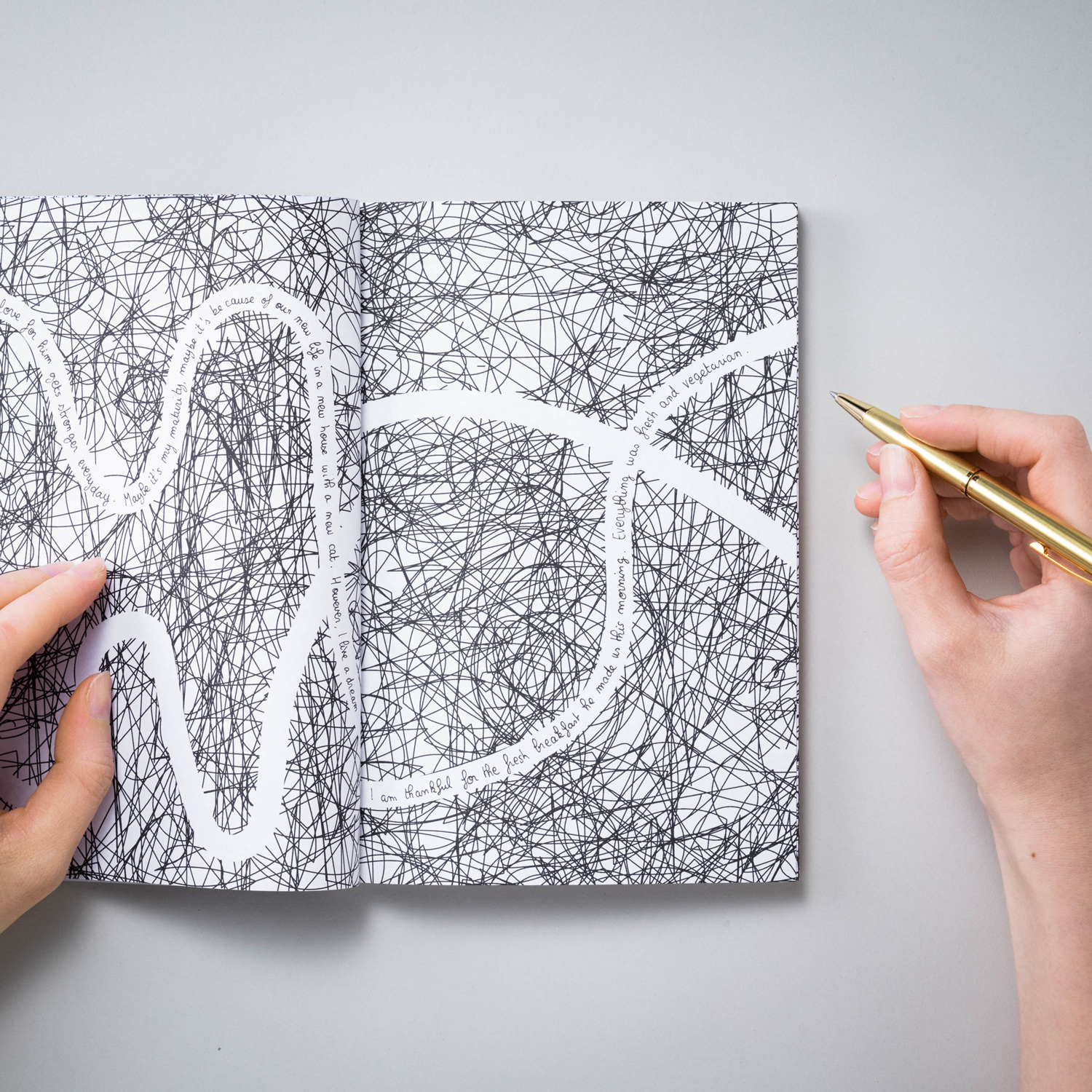
Exploring Design in Several Countries
―― What fields of design do you usually work in?
Emilie: We both started off as industrial designers, but I’m now doing consulting as a graphic designer. I advise companies on the best ways to design their visual identity and digital presence, using impactful storytelling.
Joseph: I have also worked in industrial design, but now I’m a UX designer. More specifically, I’m working on UX for cryptocurrency.
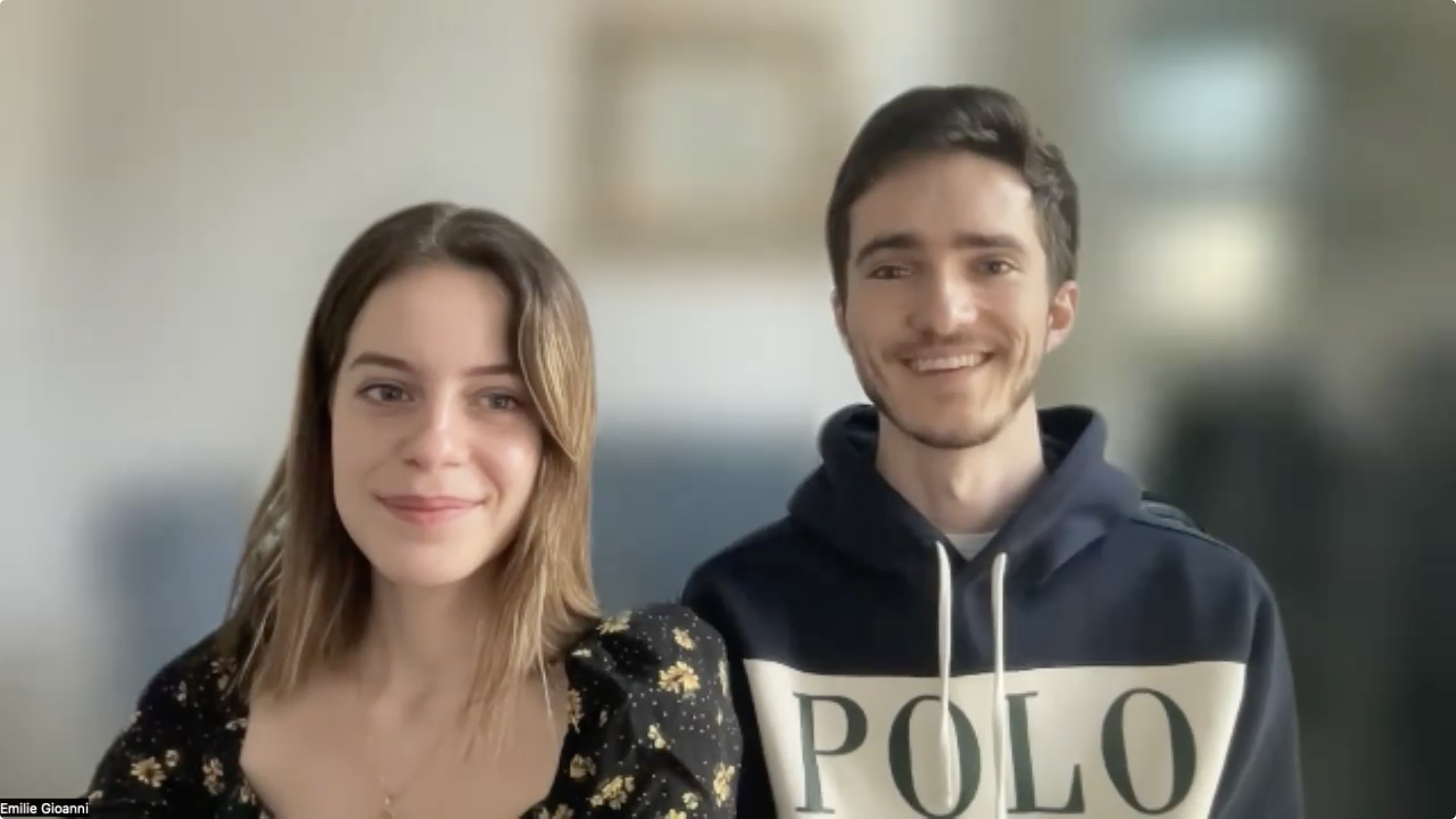
Emilie & Joseph (Left: Emilie-Marie Gioanni; Right: Joseph Chataigner)
―― Did you two move to Canada for work?
Joseph: Rather than work, as designers ourselves, we wanted to come into contact with and explore a new culture. In the past, we’ve also worked in design while living in China and Greece.
Emilie: We chose Canada because it offers contrasts in so many aspects: its climate, geography, culture, and more. There are also lots of job opportunities here. It takes a long time to be trusted to get a job done on your own in France, but Canada is a great place for young people to take on positions of responsibility and grow.
Yearning to Test the Power of Design that Appeals to Emotion
―― What prompted you to enter the KOKUYO DESIGN AWARD?
Joseph: This was actually the first time either of us entered a competition, and our first time working as a duo. We applied because the “UNLEARNING” theme seemed like one that would broach the subject of human emotion, and we were interested in that. We wanted to work on designs with an emphasis on human emotion, rather than overly industrial or manufactured ones.
Emilie: Especially after the pandemic, people are looking for meaning in physical things. When we designers create something, it has to mean something to the user or help them in some way. In that sense, I think designs that appeal to emotions—or sensitive designs—are important.
―― There are other design competitions overseas, so why did you choose the KOKUYO DESIGN AWARD?
Emilie: The KOKUYO DESIGN AWARD seemed to offer a lot of freedom compared to other competitions. It only has one theme, and the rest is up to the entrants’ imaginations. I felt that was very poetic, and like an open door for designers. Also, we want to work in Japan someday, so this being a Japanese competition was another reason.
―― You’re also interested in Japanese culture, right?
Emilie: I haven’t been there yet, but I have been around Japanese pop culture since my childhood, so I felt familiar with that aspect of the competition. I’m also very familiar with stationery as a product, so I wanted to further explore both of those through the competition.
―― How did you interpret the theme, “UNLEARNING”?
Joseph: We were just moving to Athens to start a new life when the entry guidelines were released. Since we were unlearning the stress-filled lives we had lived up until that point and getting a taste of a more peaceful, laid-back environment, this theme really came at the perfect time for us.
Emilie: Conversely, I tried not to think too hard about “UNLEARNING” because in itself, it’s all about unlearning the practices of overthinking and having massive to-do lists.
It’s meditative, perhaps. Our title, “Flow of Thoughts,” also comes from the meditation process. When we meditate, we focus on “nothing.” In that same vein, we wanted to propose a product that lets users focus on emptying themselves.
Design Sparks Conversation
―― In your presentation sheet for the First Round of Judging, the paper in your notebook was colored completely black. However, you changed the background to swirling scribbled lines for your model in the Final Judging.
Joseph: That’s right. From an ecological perspective, among other reasons, we wanted to optimize the model for the Final Judging to make as much of the paper as possible usable.
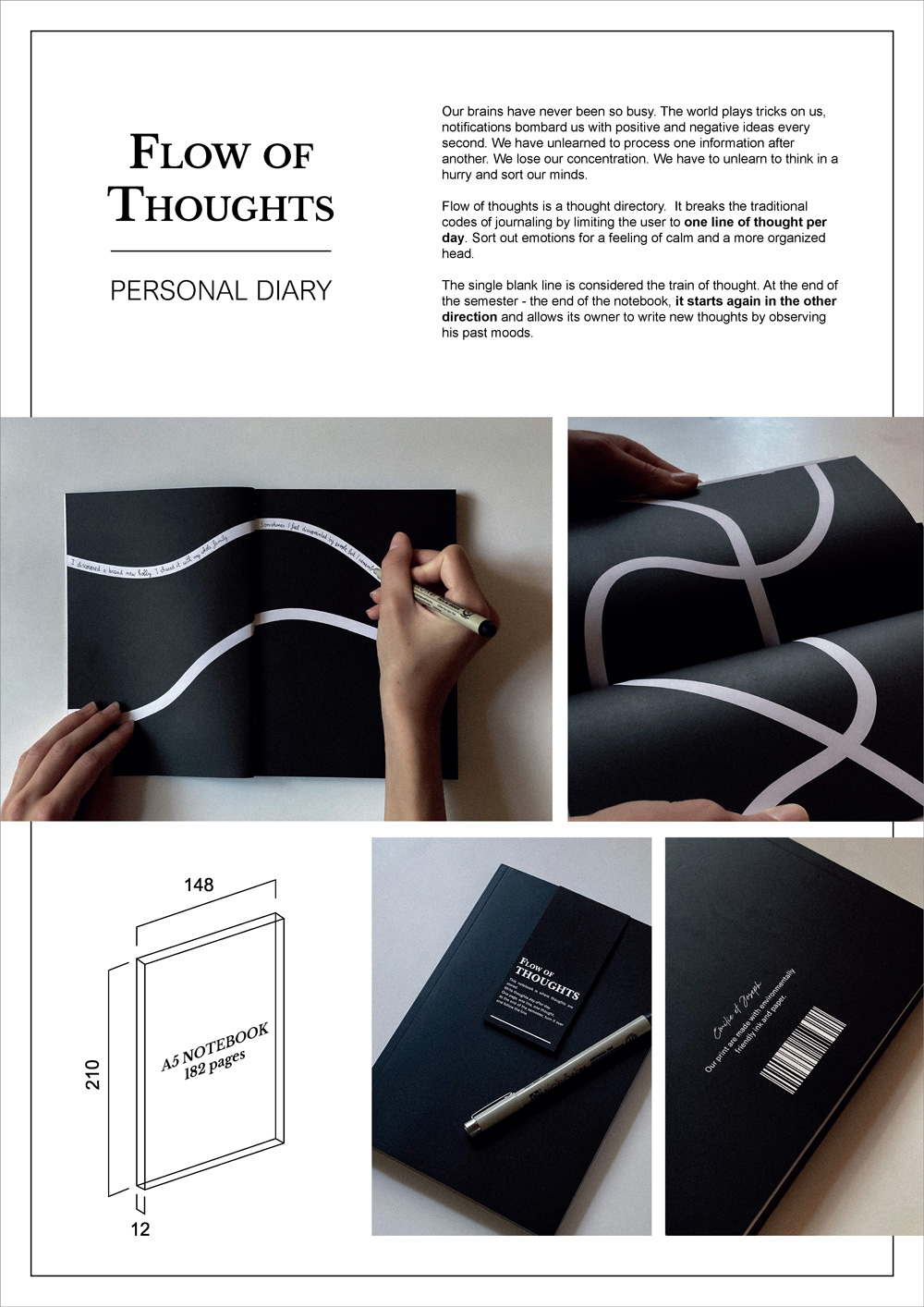
Their presentation sheet for the First Round of Judging; at that time, almost all of the paper was colored black.
―― How did you flesh out the notebook’s visuals?
Joseph: When this idea came to us, we were in Athens, enjoying not having to think about anything. We thought, why not make emptying our heads of noise one of our habits?
The scribbled areas represent the noise in our heads, and the “lines” that represent the users themselves go on the white lines. They can write down things they want to remember, what happened that day, and so on.
Emilie: I drew the swirls on Adobe Illustrator rather than by hand. They took me a long time to draw, and doing so emptied my head in itself.
―― Were there any ideas you incorporated into your presentation in the Final Judging?
Joseph: We did our presentation as a video, so we prepared well in advance and also didn’t feel the pressure of it being the real thing. We did it in our usual space, and the Final Judging was set up just like a TV show: the flow and quality were exceptional and very impressive.
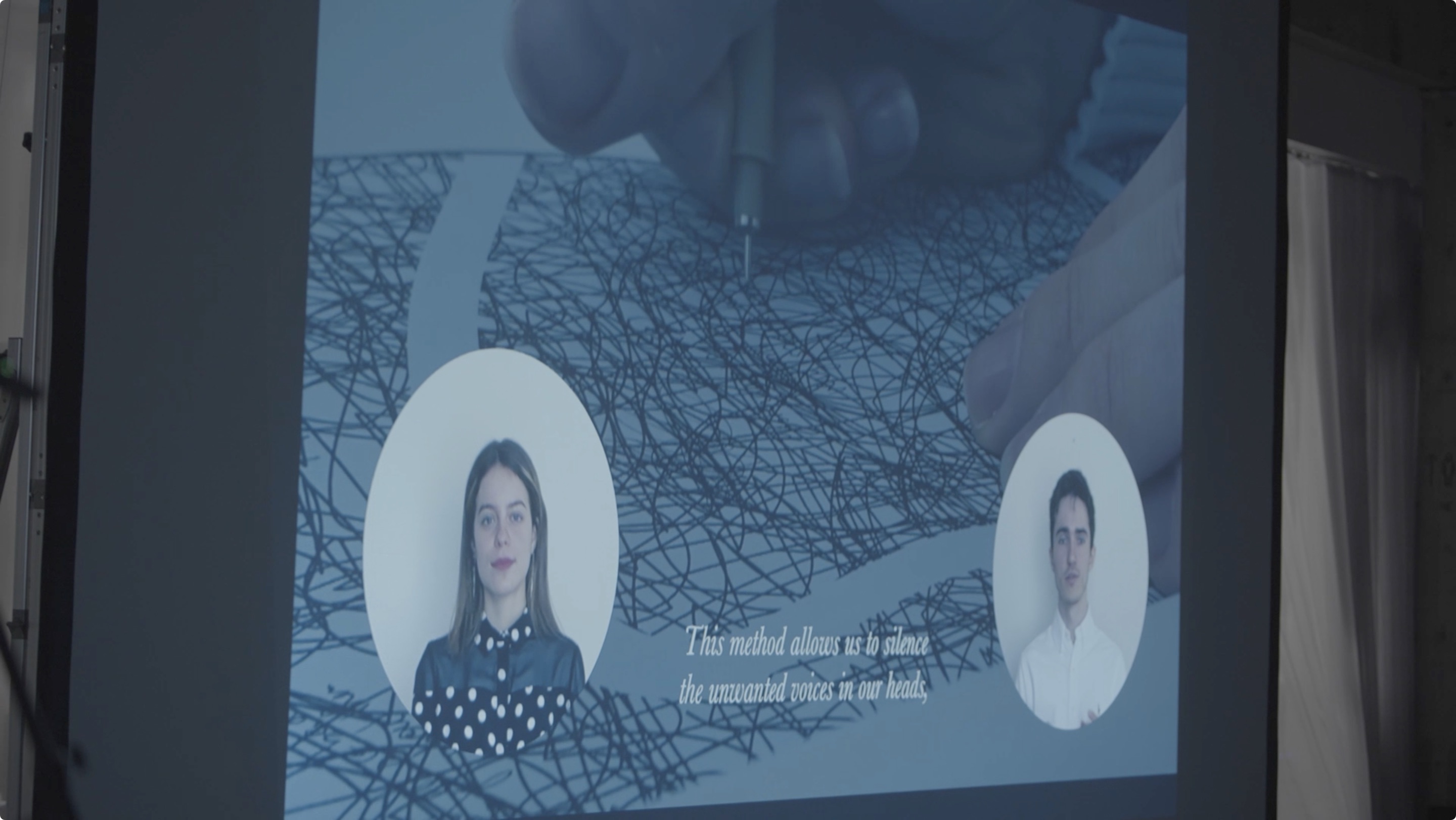
All finalists gave their presentations using pre-recorded videos to ensure fairness for those who couldn’t attend the Final Judging in person.
―― The judges’ opinions were divided during the Final Judging.
Emilie: I know there was a lot of discussion, but I also don’t think it’s possible to satisfy everyone. Our work in particular was very conceptual and by no means easy to understand, but because of that, we got to hear everyone’s varied reactions and opinions. It was a great opportunity.
Joseph: Design is controversial and should spark a reaction in the person looking at it. I think its role is to make you think about the fact that not everyone sees their experiences as universal. It’s natural that some judges didn’t understand or like our entry, but I was glad that everyone said it was intriguing.
Emilie: Participating in this competition taught me the importance of communicating and talking about various cultures and values, so I think this experience was foundational for me as a designer.
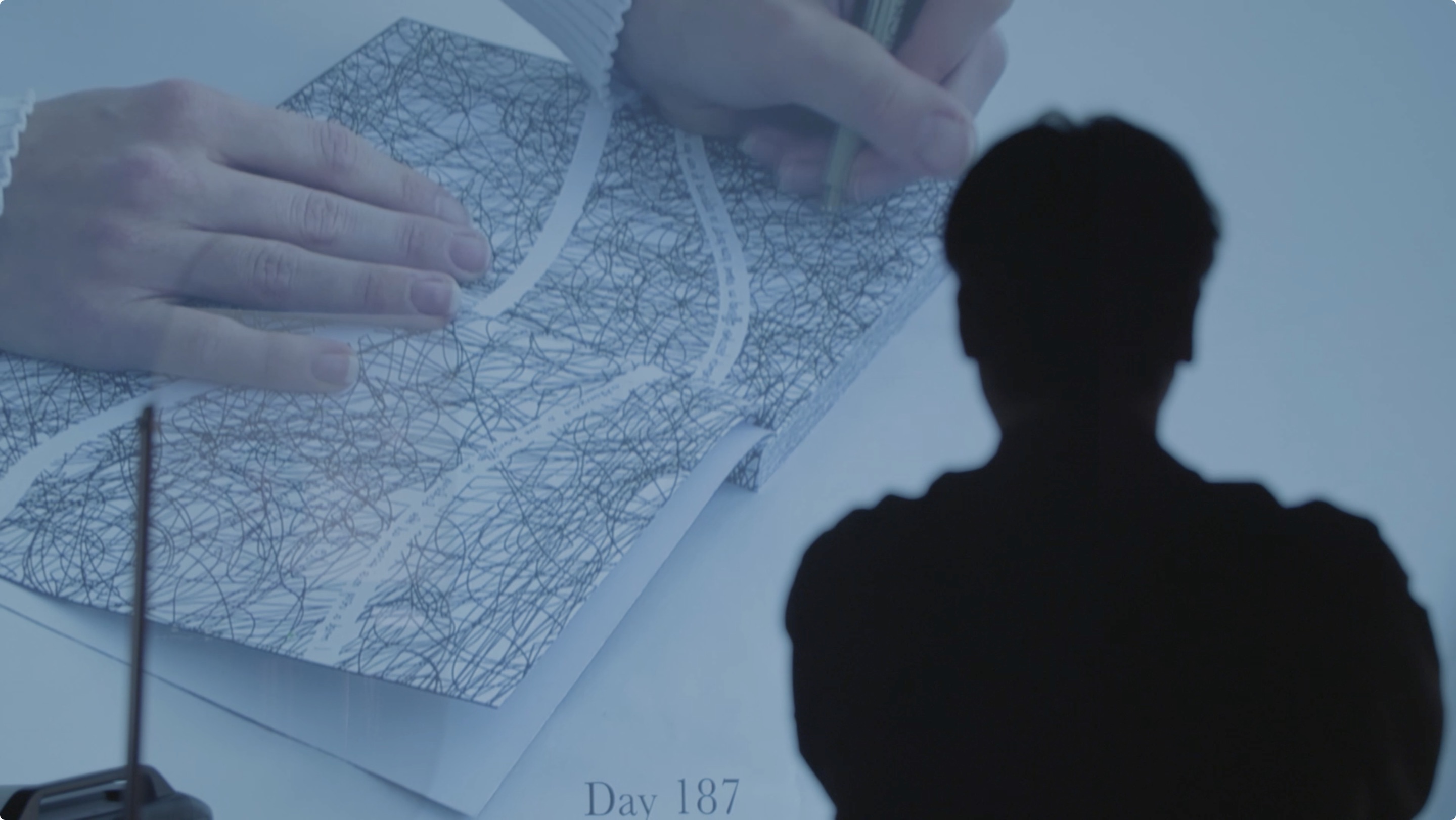
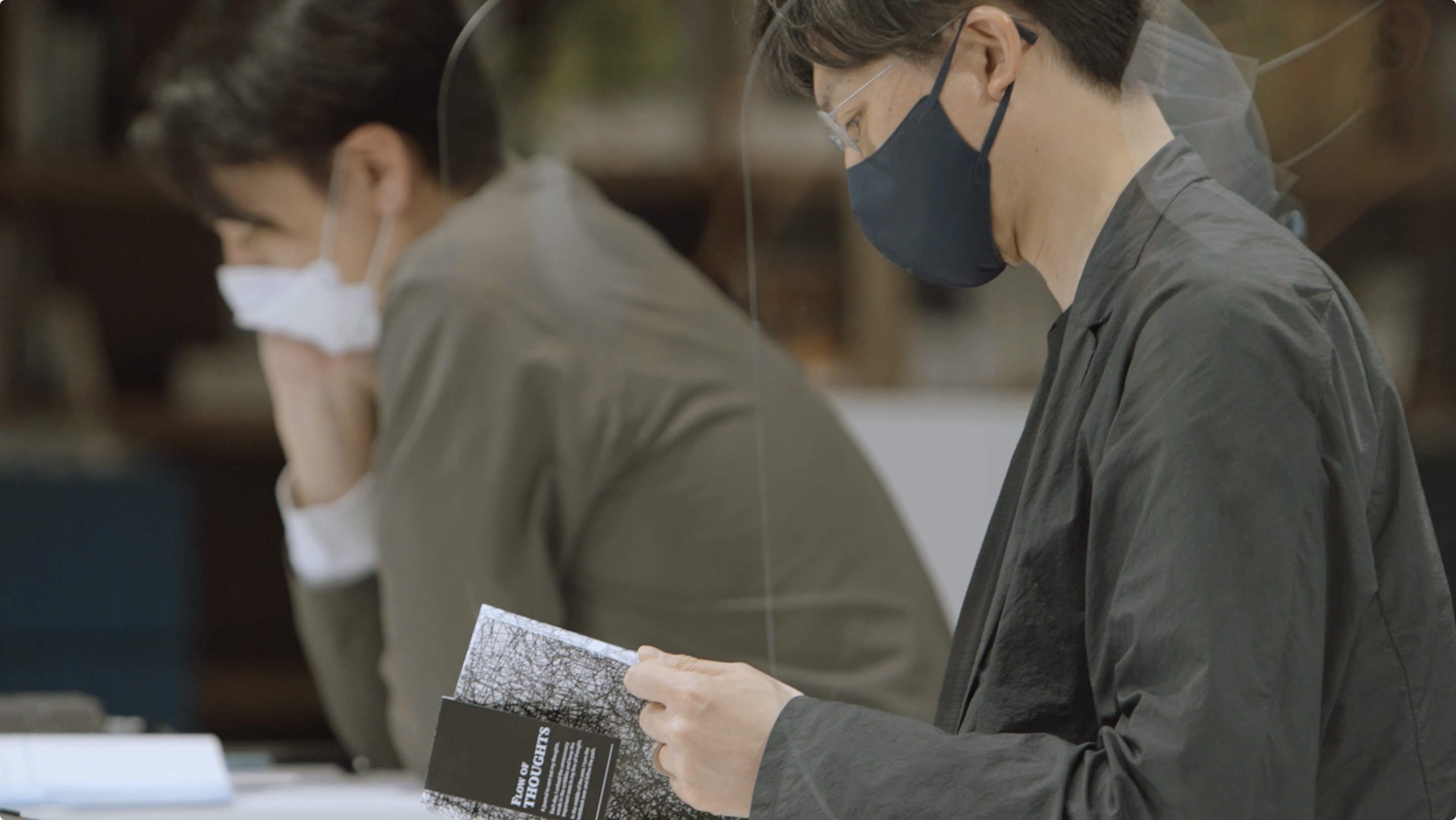
Judges carefully evaluating presentations and prototypes during the Final Judging
Set Out for New Adventures with No Fear
―― How did you feel the moment you won the Grand Prix?
Joseph: Everything was online and in Japanese, and it was very early in the morning in France, so we felt like we were dreaming as it happened. We were totally out of our minds once we finished our presentation.
Emilie: As other names were being called for awards, I was just thinking that I was glad to have participated. I was taken aback when I heard our names called at the end. I was still amazed beyond belief when the Awards Ceremony ended, but when I closed the computer, I was just back in my usual living room. It took about a week for us to actually take in the fact that we had won.
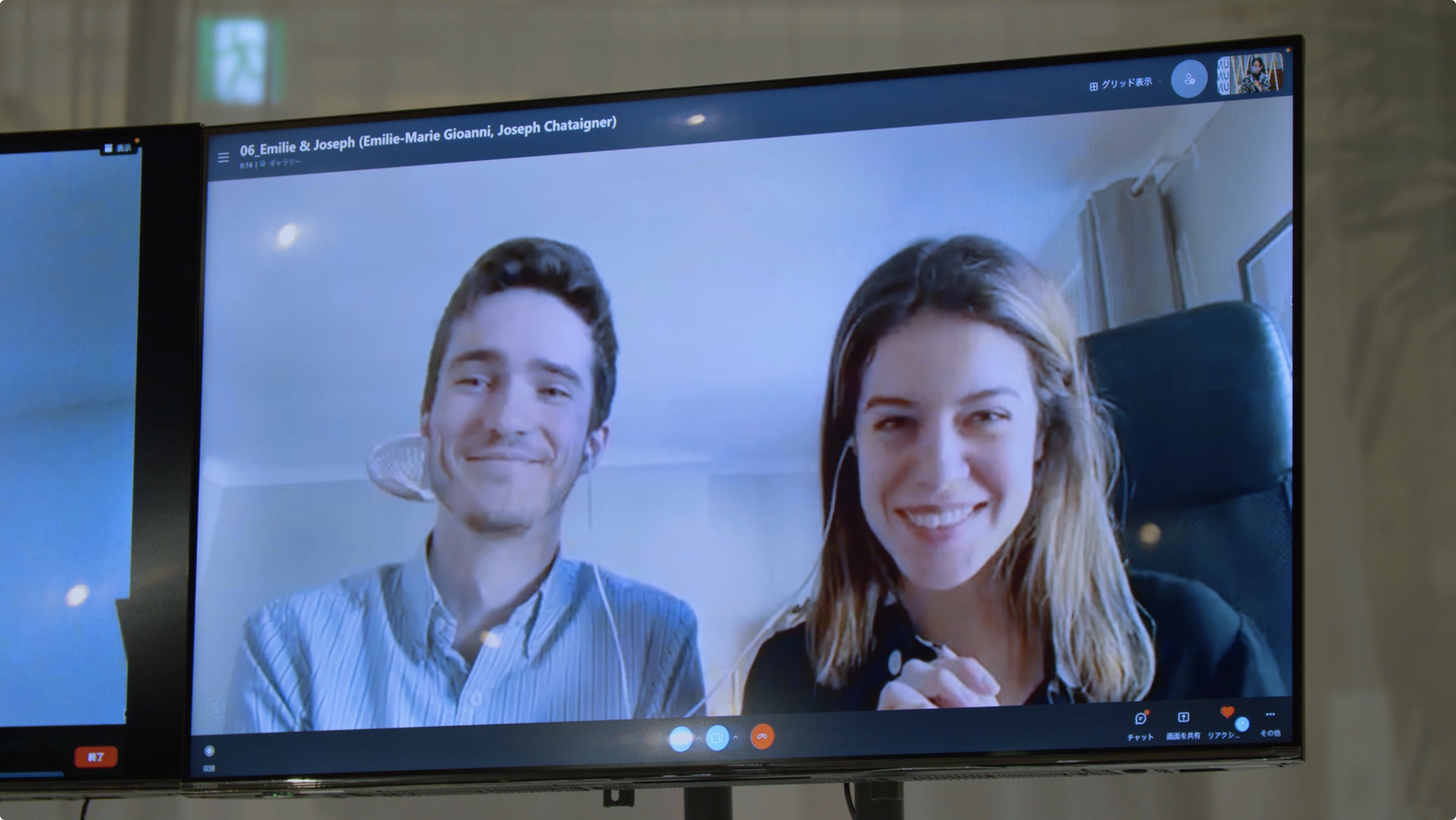
The two winners, upon hearing that they had won the Grand Prix
―― Has anything changed since you won the Grand Prix?
Emilie: What has changed the most is our confidence. We were able to win a significant award as designers and prove that we’re creative. The fact that we successfully worked together as a duo was also huge. We have different personalities and strengths in different areas, but we learned that we can balance those and work together.
Joseph: I have decided to take this win as a sign to delve into more emotional designs, so I think it will result in a change to my own career as well.
―― What kind of work will you start doing together?
Emilie: We don’t know exactly how that’s going to work yet. However, competitions are a great recipe for bringing forth new things—a stepping stone, if you will—so I want to keep working together in the future.
―― Finally, do you have a message for those thinking of entering the KOKUYO DESIGN AWARD 2023?
Emilie: First of all, don’t hesitate. Keep an open mind, and keep digging deeper. Go as far as you can until you get to a really deep level, even if it almost feels crazy or nonsensical. That’s the way to truly express your own creativity.
Joseph: I hope entrants overseas will also come out of their shells and set out for new adventures. I want them to explore new cultures with no fear. As they do so, I think that interweaving their own country’s culture into new ones can produce something quite interesting.
―― Thank you for your time.
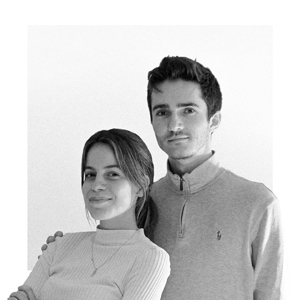
Emilie & Joseph (Emilie-Marie Gioanni, Joseph Chataigner)
























